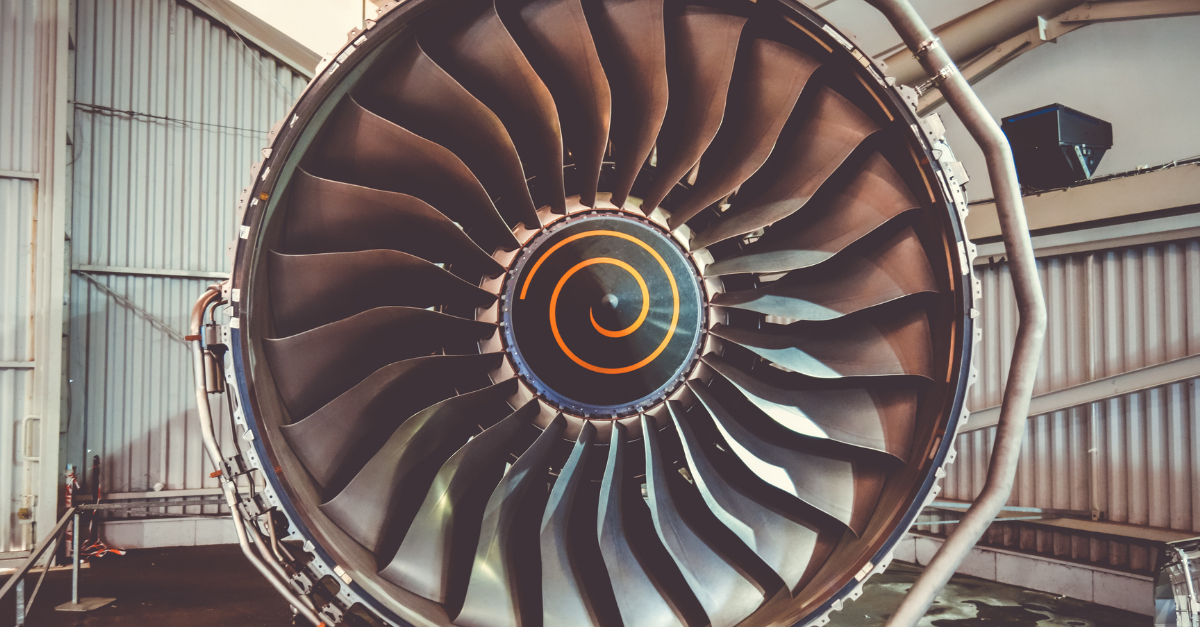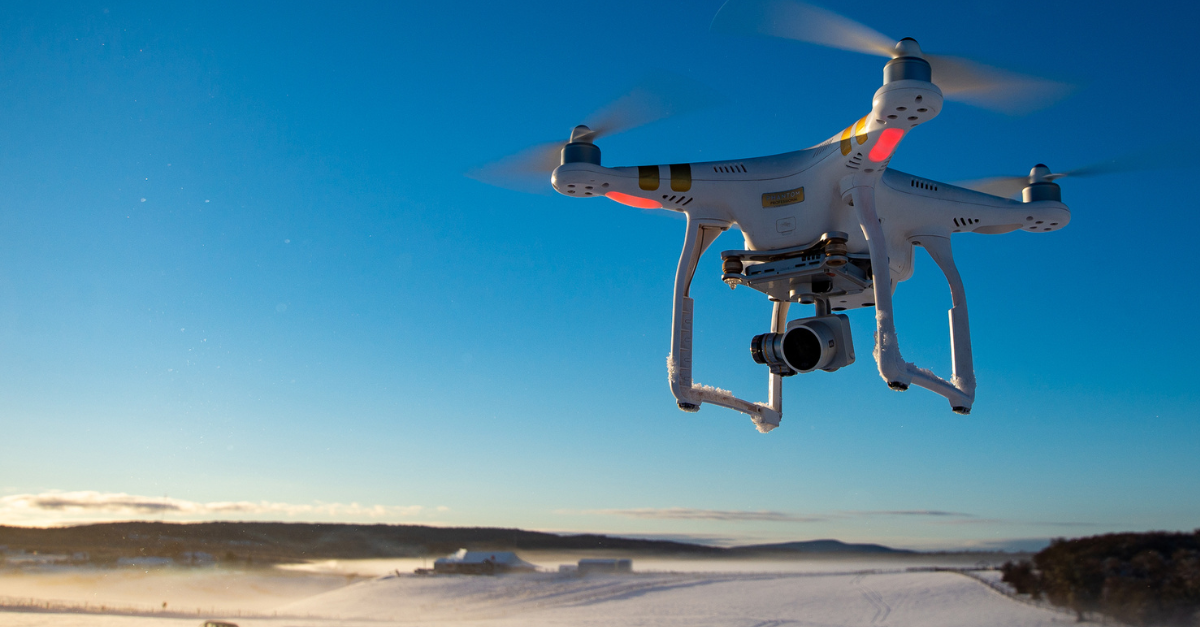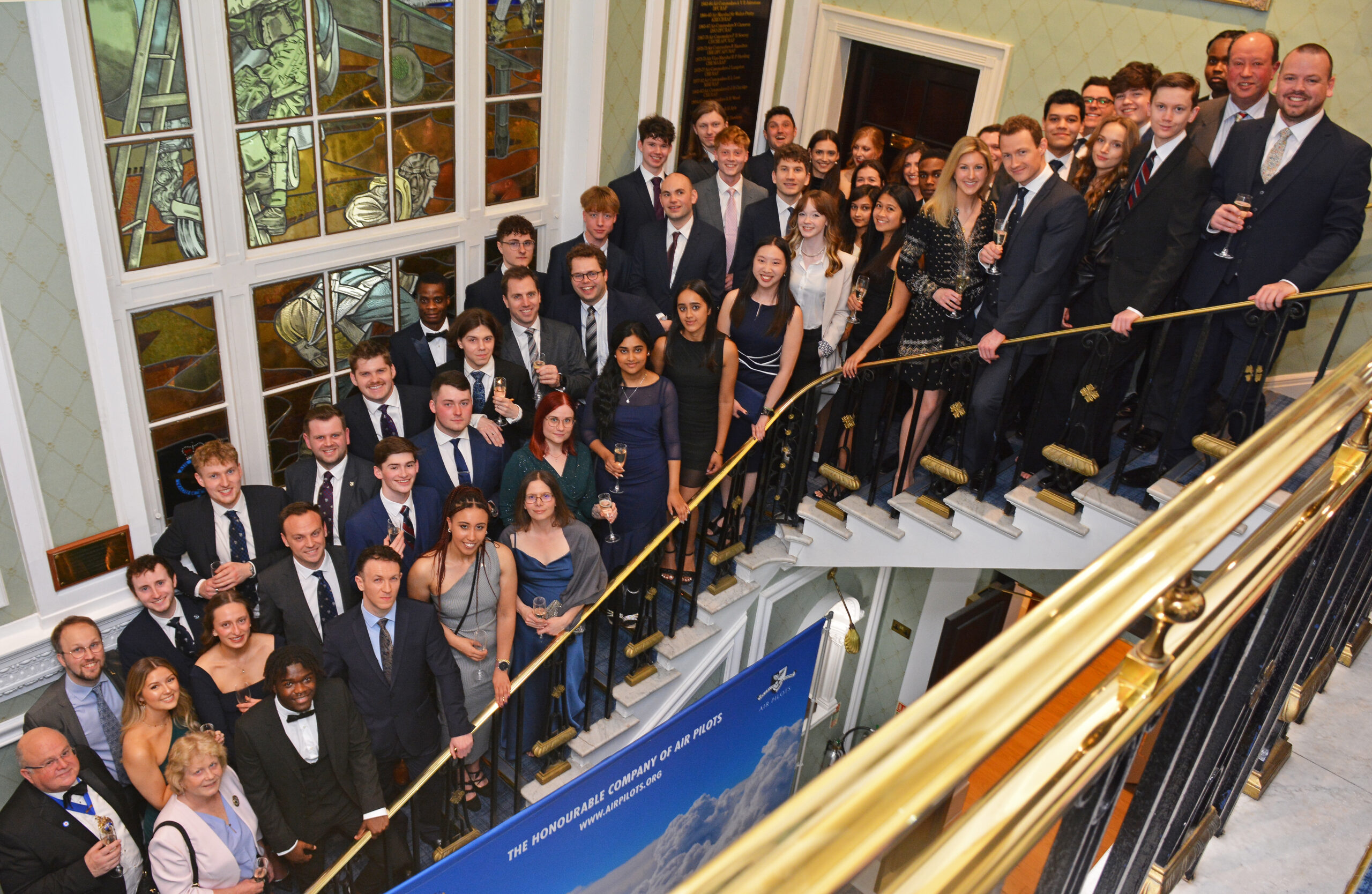It is good to see measures being taken to identify and develop further ideas and innovation that could provide successful business opportunities in the future. There is a role in this for all interested parties from students and academics to scientists, engineers and entrepreneurs, and also for those government departments responsible for trade and industry, commercial policy and defence. While nobody wants to see a return to the days where government ministers and civil servants select which aircraft that industry should build, just to protect jobs, or which transports state-controlled airlines should order, there remains a legitimate concern that governments must provide a national framework that encourages new programmes and projects to be nurtured and supported where there is strong evidence that the long-term gains will justify the research and development effort. Simply leaving all such decisions to industry is not enough to guarantee survival in a hugely competitive world market, and is not a recipe that many aerospace orientated nations follow. Thankfully, recent UK governments have recognised that more direct funding support is required to enable progress to be made at the cutting-edge of technology, and where Britain still has considerable and impressive leadership in key areas. Examples of this include new research and development centres at Sheffield, Bristol and Chester, where highly advanced new applications in materials, manufacturing methods and aerodynamics are already producing results that will help keep the nation’s aerospace capabilities at the forefront of design for the coming generation of commercial aircraft.
Similarly, investment in space developments are also aimed at ensuring that the UK does not miss out in the next wave of space launcher technologies, including launch sites for re-usable space vehicles and advanced hybrid engine technology. All these government-supported initiatives are pointing in the right direction, and going some way towards correcting the highly damaging last few decades where companies were expected to fill the gap created by closing down the UK’s world-class government-operated aerospace research establishments. The “hands-off” R&D government policies of the 1990s weakened the overall UK R&D capability just at a time when other nations were rapidly building up their own aerospace portfolios. In retrospect, in view of Britain’s historical contribution to aviation history, it seems remarkable that not a single all-new national aircraft project has been supported and brought to production since these times. Participating in international programmes has kept some areas of aircraft manufacturing alive (notably Airbus wing production) but there is nothing to provide follow-on aircraft production beyond the last Typhoon (designed in the 1980s) or Hawk (designed in the 1970s). Prospects for an Anglo-French Future Unmanned Combat Aircraft to be introduced in the 2030s, remains precarious and technology-transfer cooperation with Turkey on that country’s new fighter, will not fill the post Typhoon void.
Buying all its biggest military programmes from the USA (F-35B, C-17, C-130J, Rivet Joint, P-8A, Chinook, Apache, etc.) has robbed the UK of providing a huge level of essential integration and evaluation/future upgrade work that traditionally would have provided more value in skilled work over the lifetime of the aircraft than the initial procurement cost. New UK jobs have been, and continue to be created by US-owned companies supporting these aircraft and systems but the US companies and the US government have retained control of key aspects of many of these purchases. For example, freedom to carry and integrate UK weapons and other systems on US supplied military aircraft is either impossible or made so expensive as to be almost unaffordable, while exporting UK weapons for use on US aircraft can also become more difficult if US rivals apply pressure to keep these markets to themselves – and why wouldn’t they? The future size and shape of the RAF is now settled for the next two decades and clearly has become almost completely dependent on US-supplied aircraft. The future for UK industry must therefore be directed more towards commercial aviation and space access, where we are well placed to renew a longer term master-plan.














































